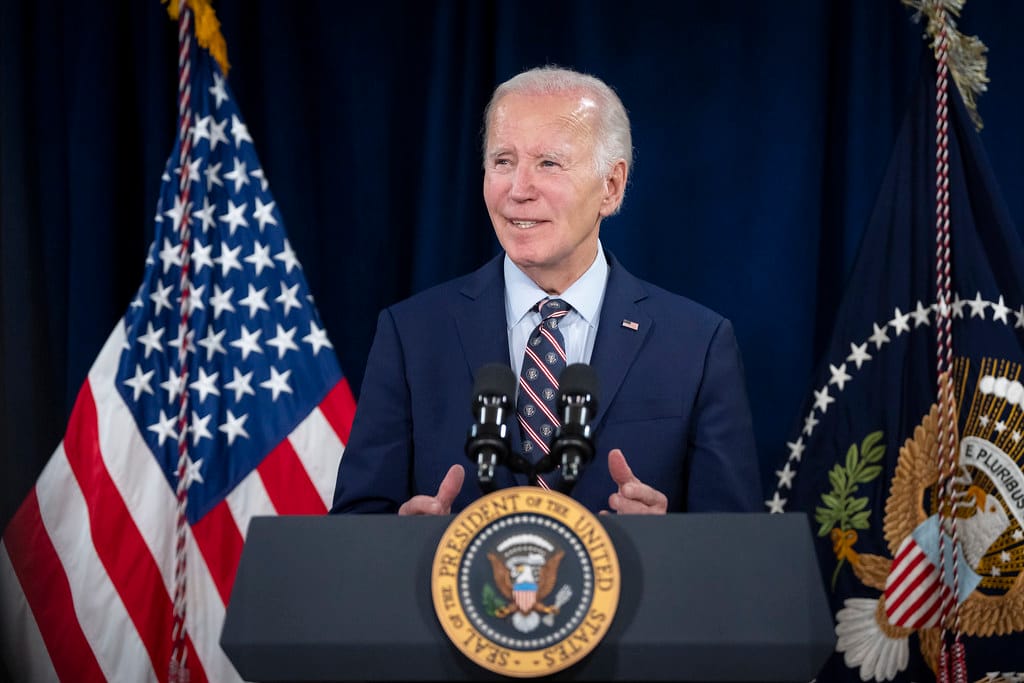The growing movement for de-dollarization in developing sector nations is driven not only by the sanctions policy against Russia—which has shown the world that dollar holdings are not safe, but subject to confiscation for political reasons—but also by the Fed’s insane policy of massive Quantitative Easing, followed by soaring interest rates. This point was made in a number of recent articles discussing the run-up to the Aug. 22-24 BRICS summit in South Africa.
For example, an Aug. 7 piece in the Zimbabwean internet publication Pindula, headlined “BRICS May Introduce a Common Currency, Reducing U.S. Dollar Dominance,” takes note that “BRICS countries and other emerging economies are seeking to reduce their reliance on the U.S. dollar” not only because of the Russian sanctions, but also “due to the impact of U.S. interest rate hikes and geopolitical conflicts on global trade prices in dollars.” The article quotes Chinese expert Zhou Yu, director of the Research Center of International Finance at the Shanghai Academy of Social Sciences, to the effect that “efforts by countries to replace the U.S. dollar in international trade will intensify as BRICS nations discuss the feasibility of introducing a common currency at a summit in South Africa later this year…. [This] is a challenging task but not entirely impossible.” The article reports the growing use of the yuan for international trade, explaining: “The Chinese government is responsible for the issuance of the yuan, unlike the excessive issuance of dollars by the U.S., making local currency settlements a fairer and more reliable trend for trade between member countries.”





